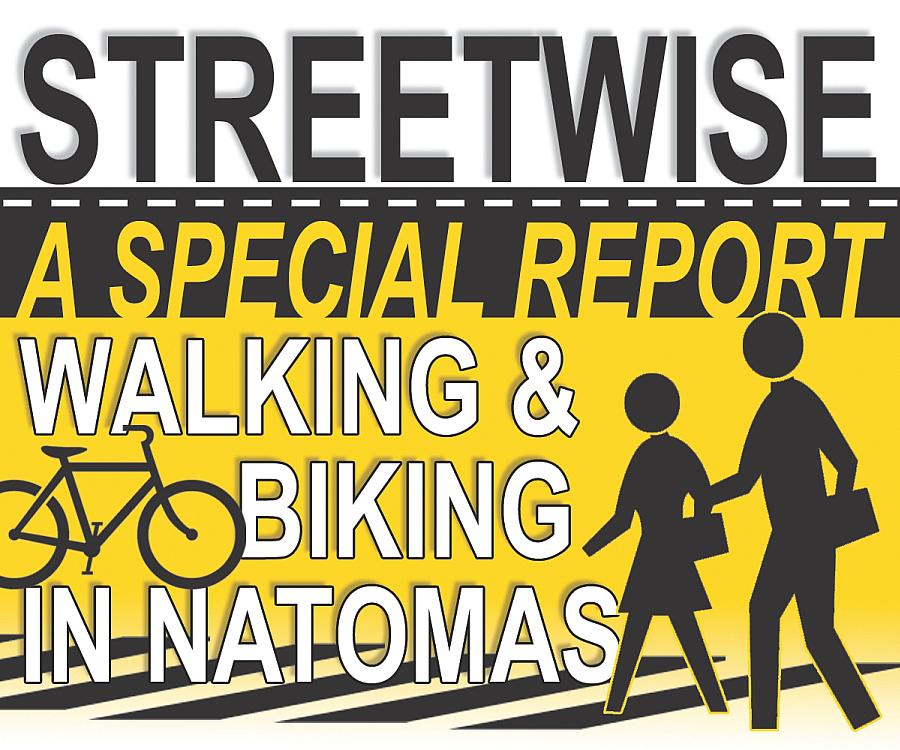All I Learned From My Annenberg Fellowship

Some consider the Natomas neighborhood in Sacramento, CA a poster child for master-planned communities.
The purpose of my Annenberg California Health Journalism fellowship was to look at whether an intentional, multi-modal design translated into bike and pedestrian friendly streets. And, if not, why?
As a journalist who resides in Natomas, I felt safety was a contributing factor in whether or not my neighbors choose to bike or walk the trails and streets connecting our homes to parks, schools, shopping areas and each other.
Meeting other independent, hyperlocal website operators like myself was hands-down, one of the best things that came out of the fellowship.
I knew the California Highway Patrol collected comprehensive accident data that might support my hypothesis, but prior to the fellowship my efforts to reach a local CHP spokesperson had proven unsuccessful. Within the first hour, of our first day in Los Angeles, I was pulling reports from the Statewide Integrated Traffic Records System confirming my some of my suspicions about bicyclist and pedestrian safety in Natomas thanks to help from another '11 OHJF fellow Elizabeth Larson.
Later, I would make contact with CHP public information officer Erin Komatsubara to get this data in a format I could use (reports generated online are only available as .pdfs). Public agencies are not always easy to work with, but the CHP responded quickly to requests for my project and did not hesitate to run reports a second – and a third – time when errors were discovered in the data provided to me.
I was able to take raw numbers and use them to create graphs and an interactive map which illustrates the dates and locations of pedestrian and bike accidents in Natomas.
As part of the fellowship, I was introduced to several mapping tools including Dotspotting, Crowdmap, GeoCommons and BatchGeo. These web-based tools proved only as good as the data. For me, the spreadsheet refresher course offered as part of the fellowship and support from a senior fellow, in this case Frank Bass, was invaluable when it came to converting numbers and other information to a usable format.
CHP data is quite extensive and in addition to the basics such as date, time and location details include day of the week, road conditions, and more. During my fellowship, I was pointed several times to resources for accident data – all of which used SWITRS - which I plan to use again.
In the four years since starting THE NATOMAS BUZZ, I had added a Facebook page and Twitter account to share stories with readers and the community at large and drive more traffic to the website. As a result of the fellowship, my use of these social media tools has been more intentional and the site has gained more than 500 new Facebook fans and more than doubled its Twitter followers in just a few short months.
The fellowship also renewed the frequency by which I use Scribd to share documents with readers. In fact, this is where I have posted all comments generated by a survey as part of my fellowship project as well as copies of all the reports made reference to in resulting series of articles.
Other tools I was introduced to during the fellowship – including Storify, Dipity and CoverItLive – have added new dimension to my coverage and further engaged readers with the website. Using CoverItLive both allows readers to interact with me while I'm covering local school board meetings and saves me time. I no longer have to go back to the office and write quick-hit coverage pieces right after a meeting. Instead, readers can check out highlights in the CoverItLive archive and I can focus on writing quality follow-up stories on topics covered at meetings.
My fellowship peers proved helpful when it came to deciding what type of online survey tool to use to gather reader feedback for my project. I chose Survey Monkey because of its analization tools and the easy-to-miss month-to-month membership option pointed out by fellow Eddie North-Hager made it an affordable option. When the graphics generated by Survey Monkey failed to be visually compelling, I took fellow Pascale Fusshoeller's advice and used Google Docs instead. (Fellow Elizabeth Larson's husband, John Jensen, also helped with my project by modifying video used as part of my project to show the number of vehicles running a red light while pedestrians waited.)
My own excitement about reporting and writing meaningful content for my website has definitely been recharged by the Annenberg California Health Journalism fellowship. My project "Streetwise: Walking & Biking In Natomas" is still generating a buzz. Recently, I was invited to discuss it with the local NPR affiliate and the community discussion on the issues raised in the series continues:
via Facebook: "Hey NatomasBuzz, thanks for the video you posted about the red light runners on Truxel/Natomas and Del Paso. When driving by around 4:30 tonight a motorcycle police officer was posted on the corner. THANK YOU!!!"
I look forward to continuing to network and learn from all those I met during the fellowship.
Read "Streetwise: Walking & Biking In Natomas" here.
